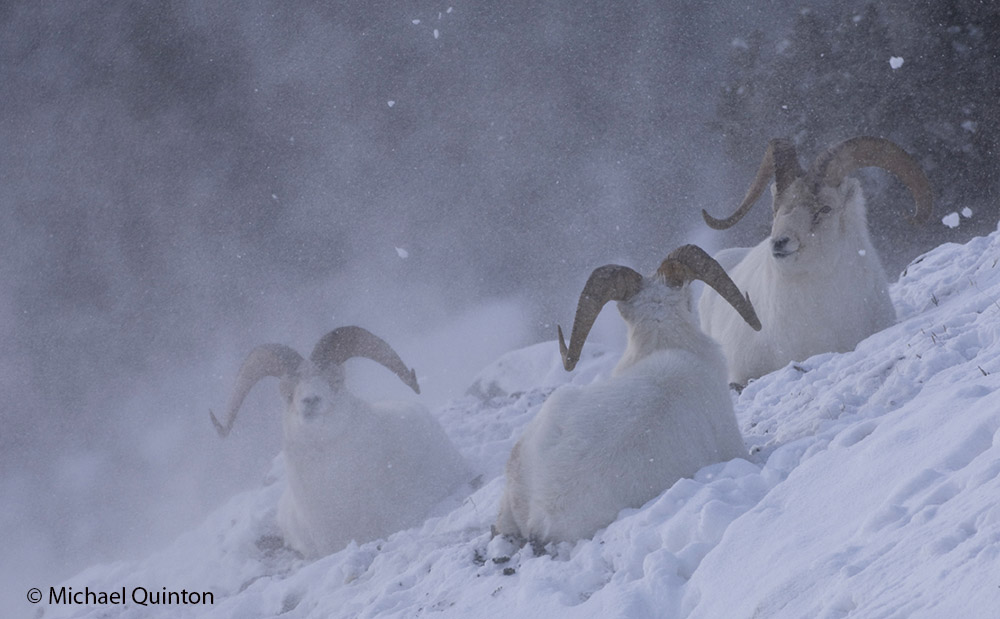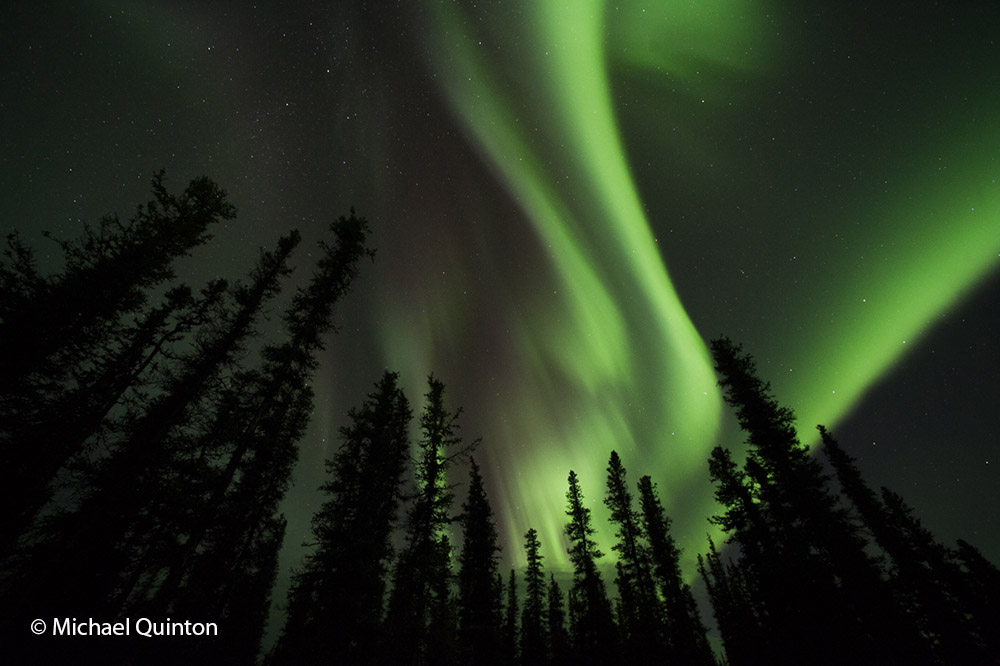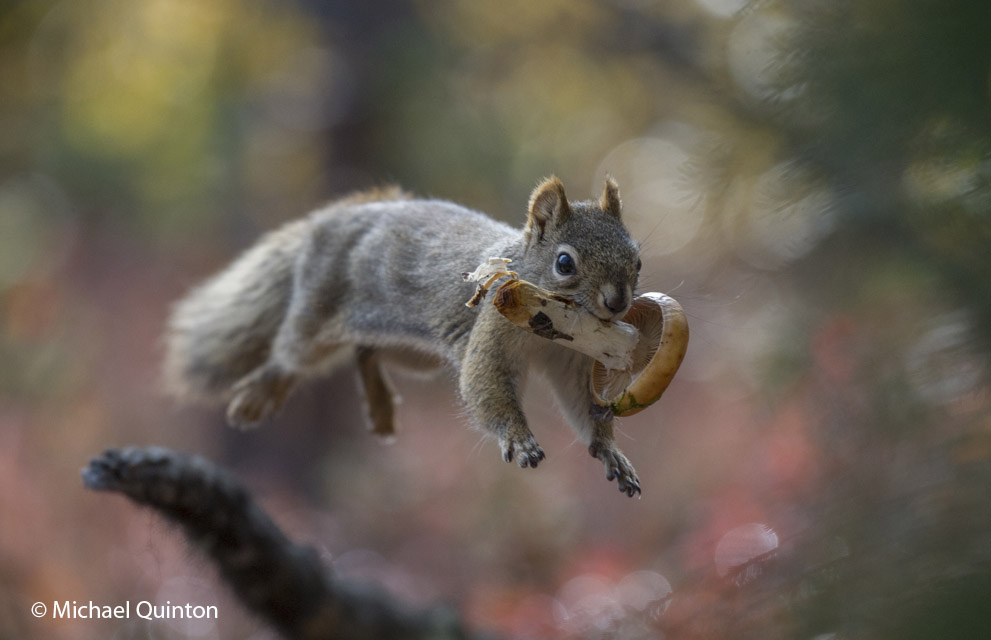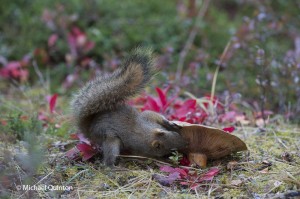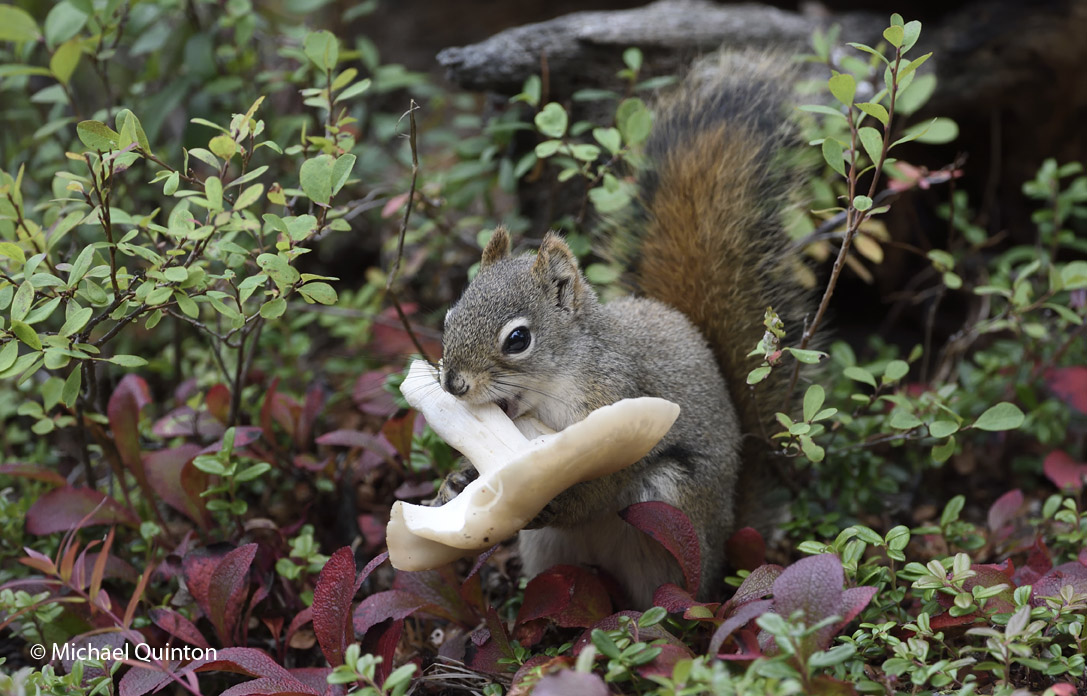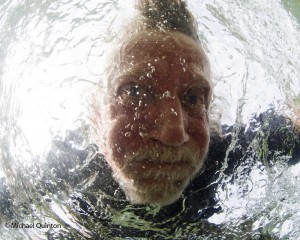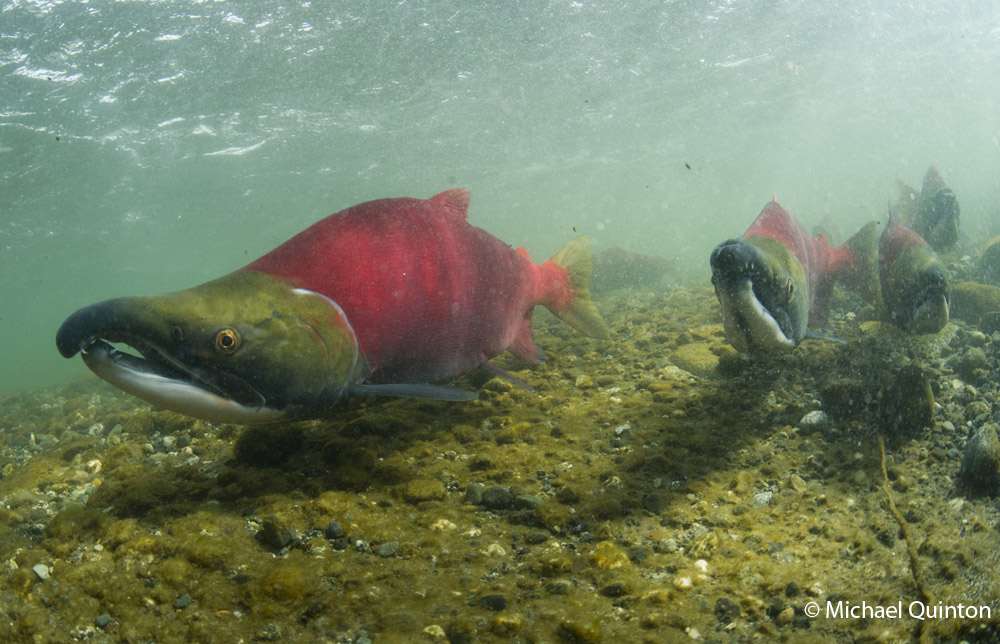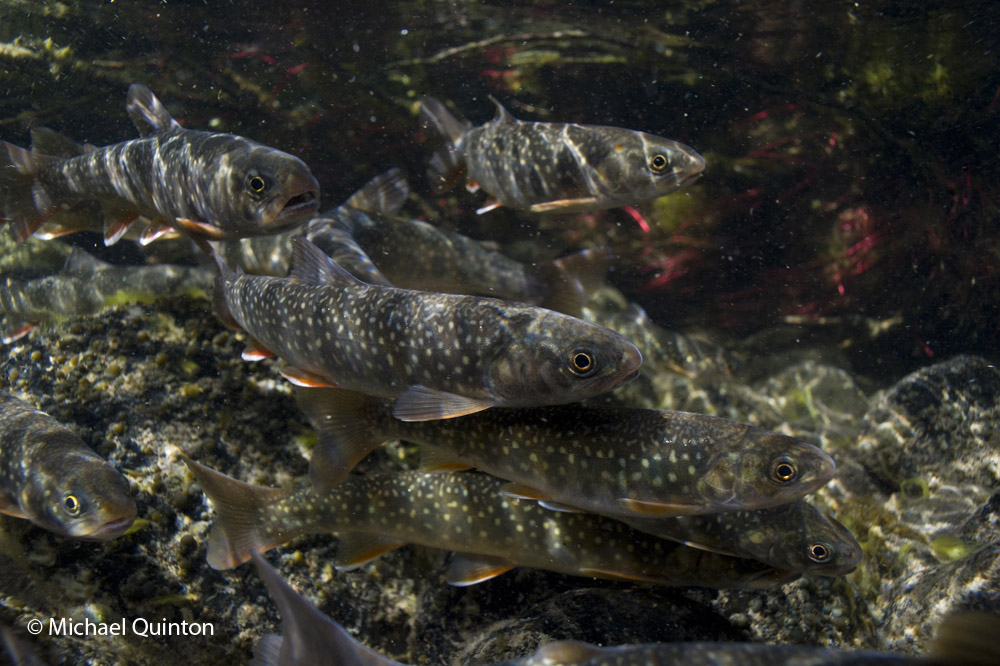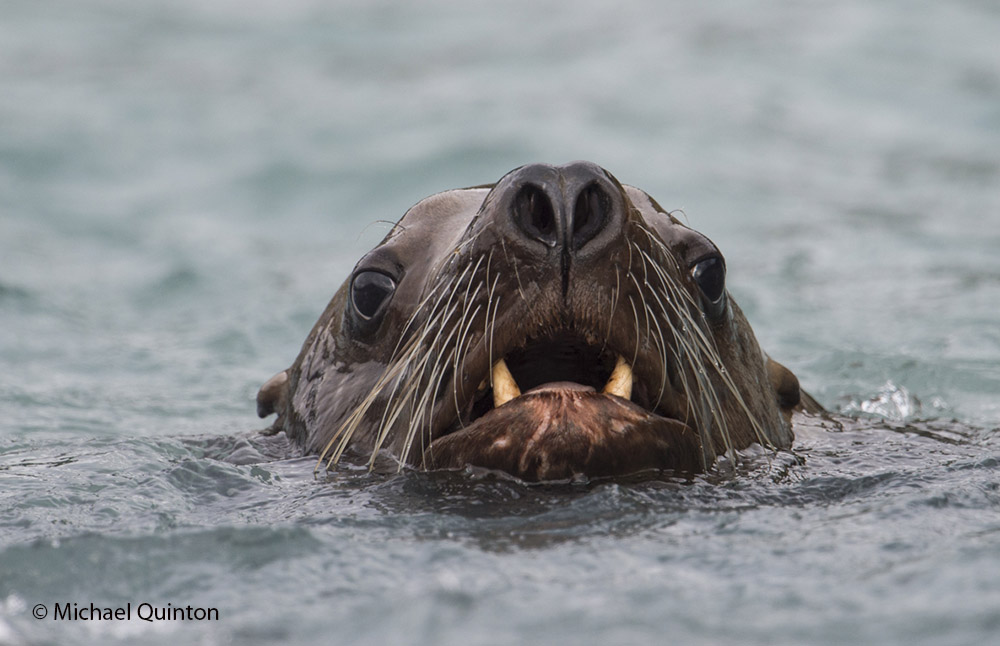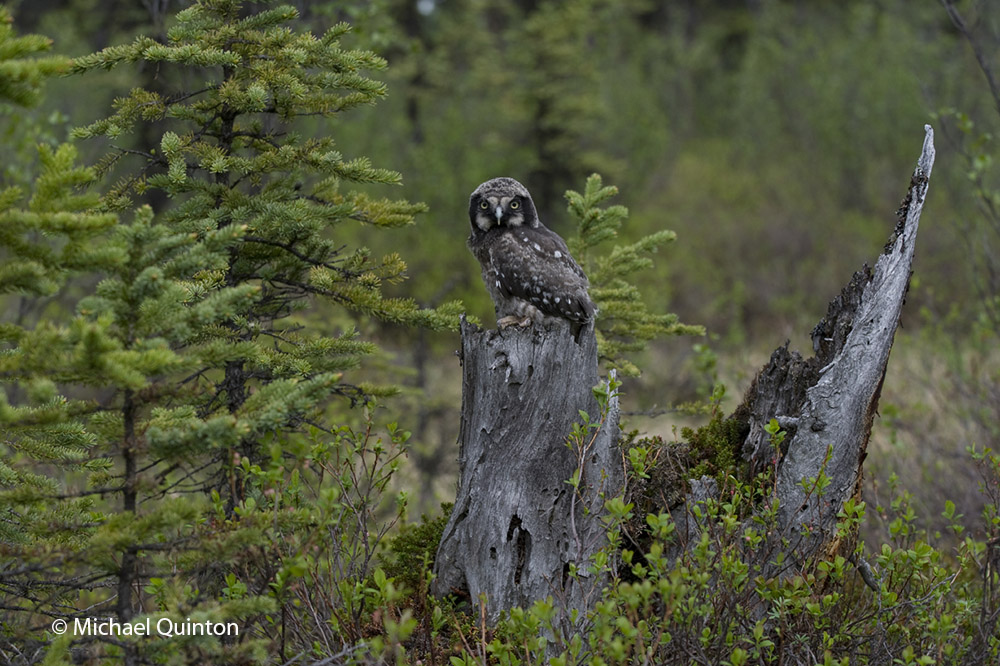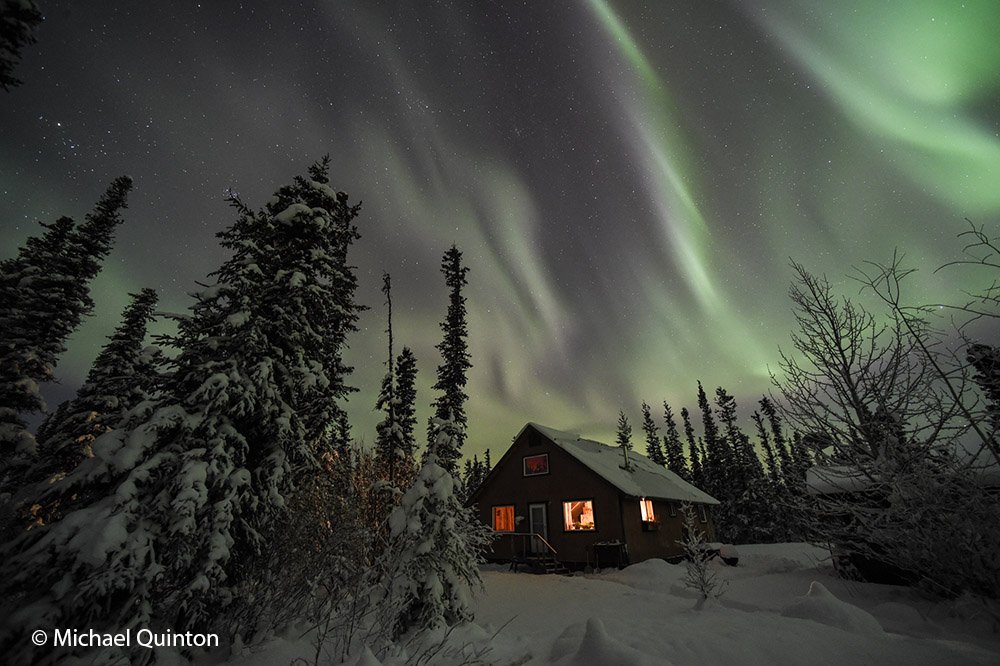 Our home in the wilderness.
Our home in the wilderness.
This post is in support of the recent story that appeared in the February 2016 issue of Country Magazine. The story is about our families life in Alaska. The following photographs are some that did not make the final layout in the magazine. Several Country Magazine readers have requested to see more photos. This is for you. Continue reading

